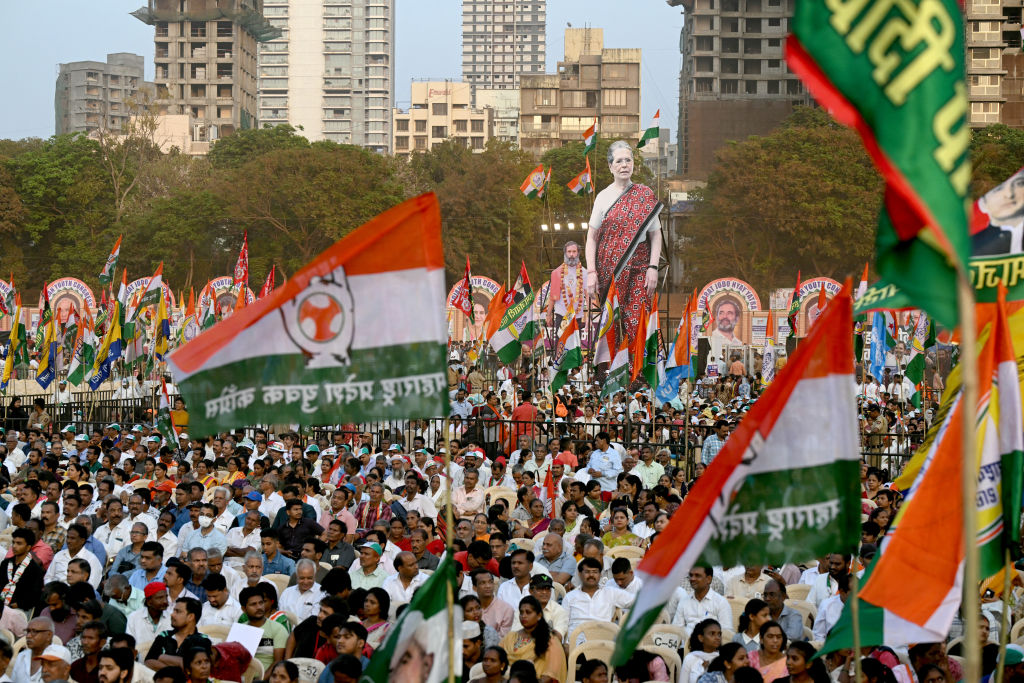- Wednesday, July 02, 2025
With greater exposure, there’s an elevated risk of heatwave-related health issues among the electorate and election staff during the voting, said a top official of the India Meteorological Department.

By: Shubham Ghosh
INDIA is expected to face extreme heat in the period between April and June, with its central and western peninsular parts experiencing the worst impact, the India Meteorological Department (IMD) said earlier this week as the South Asian country prepares for a marathon national election starting April 19.
Confirming the fear, Indian earth sciences minister Kiren Rijiju said India is anticipated to face extreme weather conditions in the upcoming two-and-half months when the seven-phase election involving 970 million people will be held.
“It is going to be very challenging for all of us. Since we are the most populous country in the world and face extreme weather conditions, it makes it absolutely necessary for India to prepare in advance,” he said.
Read: Why India holds its national election in harsh summer?
IMD director General Mrutyunjay Mohapatra said the anticipated increase in outdoor activities during the 2024 general elections could heighten public vulnerability to heat waves.
With greater exposure, there’s an elevated risk of heatwave-related health issues among the electorate and election staff, he said.
The IMD chief said above-normal maximum temperatures are likely over most parts of the country during the April-June period, with a high probability over central and western peninsular India.
Read: India’s ‘Lord Ram’, who is contesting 2024 elections, owns Mercedes, owes loan
Normal to below-normal maximum temperatures are likely over some parts of the western Himalayan region, northeastern states and north Odisha, he said.
Above-normal heatwave days are likely over most parts in the plains during April-June. Ten to 20 days of heat wave are expected in different parts of the country against a normal of four to eight days, he added.
Mohapatra said regions such as Gujarat, central Maharashtra, north Karnataka, Rajasthan, Madhya Pradesh, Odisha, north Chhattisgarh and Andhra Pradesh are likely to experience the worst impact of heat waves.
Though El Nino conditions — the periodic warming of waters in the central Pacific Ocean — are weakening, these will continue during April and May, according to the IMD chief.
“It is in agreement with the forecast of above-normal maximum temperatures and heatwave conditions in India,” he added.
The prevailing El Nino conditions fuelled record temperatures and extreme events the world over, with 2023 being the warmest on record. El Nino is associated with unusually dry and warm conditions over southeast Asia.
La Nina conditions — associated with bountiful monsoon rain in India — are likely to set in by the second half of the monsoon season, the IMD said.
The Met office said above-normal maximum temperatures are likely over most parts of the country in April, with a high probability over central south India.
Normal to below-normal maximum temperatures are likely over some parts of the western Himalayan region and northeastern states in April, the IMD said.
Above-normal heatwave days are likely over many areas in central India and the adjoining areas of the northern plains and south India in April, it said.
“Two to eight days of heat wave are expected in these regions against a normal of one to three days,” Mohapatra said.
Gujarat, Maharashtra, north Karnataka, Odisha, west Madhya Pradesh and Andhra Pradesh are predicted to experience the worst impact of heat waves in April.
The IMD said the country is “most likely” to gauge normal rainfall (88-112 per cent of the long-period average of 39.2 mm) in April.
“Normal to above-normal rainfall is likely over most parts of the northwest, and some parts of central and north peninsular India. Below-normal rainfall is likely over the east and the west coasts, parts of east, northeast and south peninsular India,” Mohapatra said.
Elevated temperatures pose significant risks, especially for vulnerable populations such as the elderly, children and those with pre-existing health conditions as they are more susceptible to heat-related illnesses such as heat exhaustion and heatstroke, the IMD said.
(With PTI inputs)